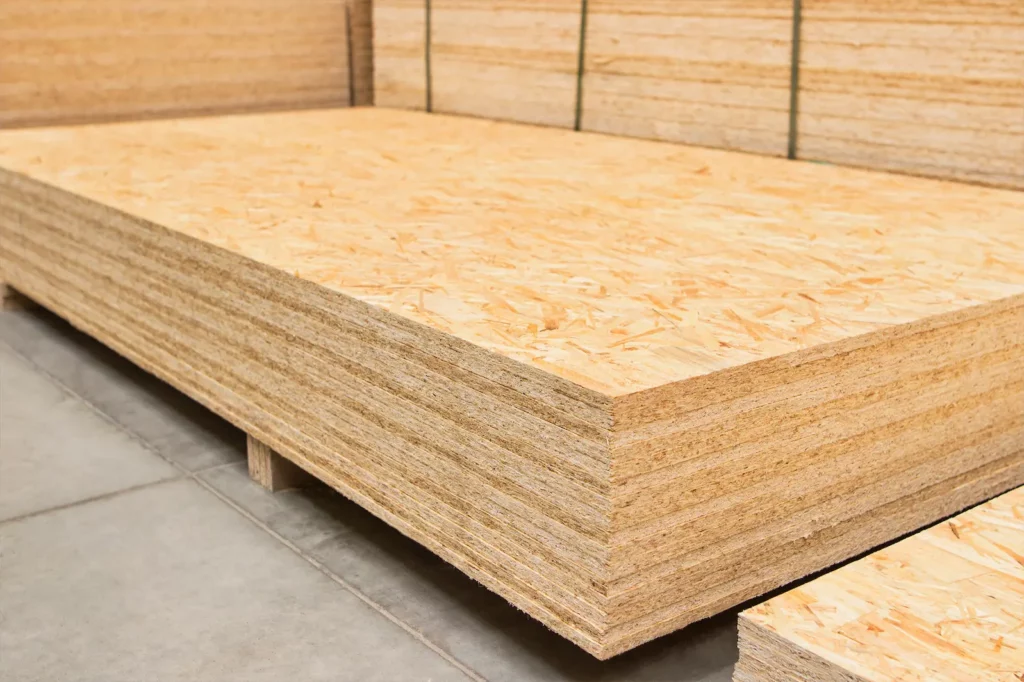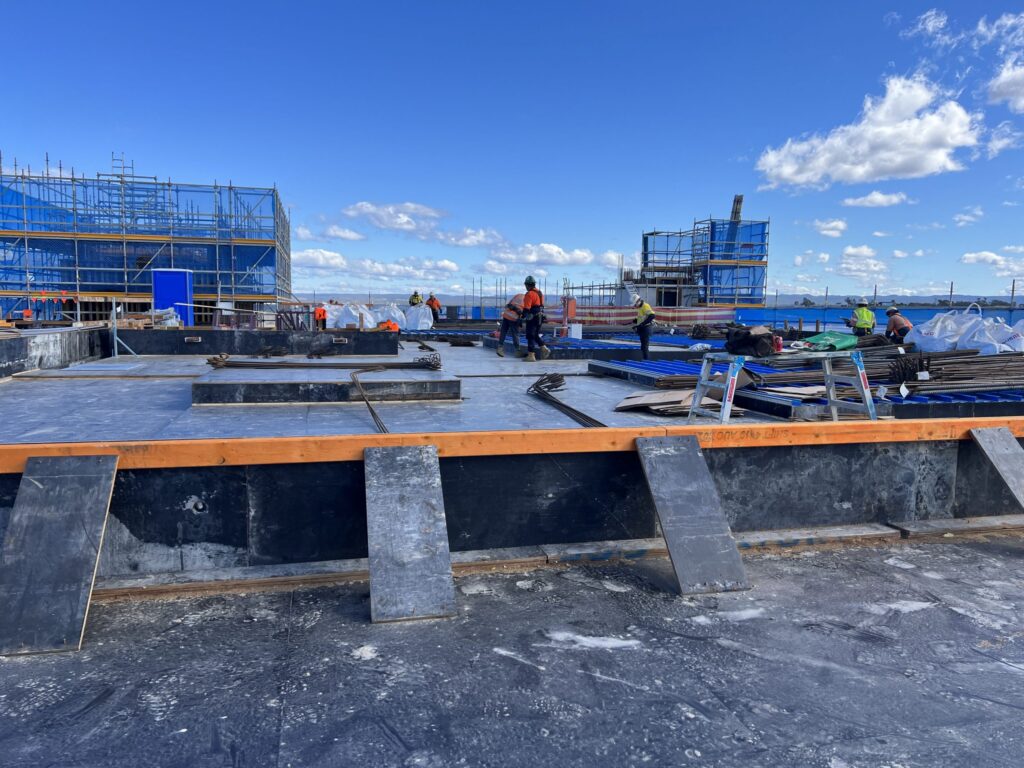Formply, a specialty type of plywood, is an essential material used in various construction projects. Whether you’re a seasoned builder or a DIY enthusiast, understanding how to select and purchase the right formply can greatly impact the success of your project. This guide will provide you with comprehensive information on formply, its advantages, factors to consider when purchasing, where to find it, and how to interpret specifications.
Understanding Formply: An Essential Building Material
What is Formply?
Formply, or formwork plywood, is designed specifically for use in concrete formwork. It is made from multiple layers of thin veneer plywood, glued together under heat and pressure to ensure strength and stability. The surface of formply is often treated with a resin, enabling it to withstand the harsh conditions of concrete pouring and curing.
In conclusion, buy formply doesn’t need to be daunting. By understanding what formply is, evaluating necessary factors, knowing where to purchase, and interpreting specifications correctly, you can secure the ideal quality for your building needs.
This level of durability makes formply a preferred choice in construction, especially for frameworks and molds used in creating structures that require a precise and smooth finish. Additionally, the manufacturing process of formply often includes a rigorous quality control system, ensuring that each sheet meets industry standards. This attention to detail not only enhances the performance of the material but also instills confidence in builders and contractors who rely on its reliability for their projects.
Benefits of Using Formply in Construction
The use of formply in construction offers several advantages over traditional plywood. Below are some key benefits that make it a favored option:
- High Strength: Formply is engineered to handle heavy loads, making it suitable for large-scale construction projects.
- Water Resistance: The resin-treated surface provides excellent moisture resistance, extending the lifespan of the material.
- Smooth Finish: The surface quality often results in a cleaner finish for concrete structures, reducing the need for additional finishing work.
- Cost-Effectiveness: Despite a higher initial cost compared to ordinary plywood, its reusability in multiple pours can lead to significant savings in the long term.
Moreover, formply is not only beneficial for its structural properties but also for its environmental impact. Many manufacturers are now producing formply using sustainable forestry practices, ensuring that the wood is sourced responsibly. This commitment to sustainability helps reduce the carbon footprint associated with construction projects. Furthermore, the longevity of formply means that it can be reused multiple times, minimizing waste and promoting a more sustainable approach to building.
Another noteworthy aspect of formply is its versatility. It can be used in a variety of applications beyond just concrete formwork, including furniture making, cabinetry, and even decorative wall panels. This adaptability allows builders and designers to incorporate formply into various aspects of a project, providing both functional and aesthetic benefits. As construction techniques evolve and the demand for innovative materials increases, formply stands out as a reliable choice that meets the diverse needs of the industry.

Factors to Consider When Buying Formply
Quality and Durability
When purchasing formply, the quality and durability are paramount. Look for products that feature a high-grade veneer, ensuring that it can withstand the pressures of concrete without warping or breaking. Checking for certifications and standards compliance can also provide assurance of the product’s reliability.
Consider asking vendors about the lifecycle of the formply and how many times it can be reused effectively, as this can significantly affect your project’s overall cost and material waste. A well-constructed formply can be reused multiple times, which not only saves money but also minimizes the environmental impact associated with producing new materials. Additionally, some suppliers offer warranties on their products, which can provide peace of mind and further assurance of quality.
Size and Thickness
Formply comes in various sizes and thicknesses to suit different project needs. Before making a purchase, it is crucial to determine the dimensions required for your formwork. The most common thicknesses range from 12mm to 21mm, with larger sizes potentially offering increased strength and durability.
It’s advisable to match the thickness with the type of concrete being poured and the load it must bear. Consulting with an engineer or construction expert can provide additional insights into the appropriate thickness for your specific project. Furthermore, consider the layout of your formwork; larger panels can reduce the number of joints and seams, leading to a smoother finish on the concrete surface. This can be particularly beneficial for projects where aesthetics are a priority, such as decorative concrete applications. Read more about joints on https://pressbooks-dev.oer.hawaii.edu/anatomyandphysiology/chapter/classification-of-joints/
Environmental Impact
In today’s world, being mindful of environmental impacts is increasingly important. When selecting formply, consider sourcing from manufacturers who prioritize sustainable forestry practices. Look for products that are certified by reputable organizations such as the Forest Stewardship Council (FSC), which ensures that the wood used comes from responsibly managed forests.
Additionally, inquire about the adhesives used in the production of formply, as some adhesives may emit volatile organic compounds (VOCs) that are harmful to both health and the environment. Opting for low-VOC or eco-friendly adhesives can reduce your ecological footprint. Beyond the materials themselves, consider the entire lifecycle of the product, including its disposal. Choosing formply that can be recycled or repurposed at the end of its life can contribute to a more sustainable construction practice. Engaging with suppliers who have a commitment to sustainability can also enhance your project’s green credentials and align with broader industry trends towards eco-friendliness.
Learn about f14 grade plywood on: Understanding F14 Grade Plywood
Where to Buy Formply
Local Hardware Stores
Local hardware stores are a convenient option for purchasing formply, providing the ability to inspect materials in person before making a purchase. Many of these stores stock a variety of sizes and thicknesses to meet different construction needs. Additionally, knowledgeable staff can offer advice and help ensure that you select the right product for your project.
Visiting local suppliers also allows you to build relationships, which could be beneficial for future purchases, discounts, or recommendations. Furthermore, local hardware stores often have a deep understanding of the regional climate and construction practices, which can influence the type of formply that will perform best in your specific area. They may also offer workshops or demonstrations on how to effectively use formply, providing valuable insights that can enhance your project outcomes.
Online Marketplaces
In today’s digital age, online marketplaces like Amazon and dedicated building supply websites provide a wide selection of formply. These platforms allow you to compare prices, read customer reviews, and check product specifications with ease. Always be sure to verify the seller’s reputation before making a purchase to avoid potential issues with quality or delivery.
Purchasing online can also save time, as many retailers offer home delivery or convenient pick-up options, which can be especially helpful for larger orders. Additionally, online platforms often feature detailed product descriptions and user-generated content, such as photos and project ideas, which can inspire you and help you visualize how the formply will fit into your overall project. Some websites even provide calculators to help you determine the amount of formply you’ll need based on your project dimensions, ensuring you order the right quantity without excess waste.
Direct from Manufacturers
For those looking for the best prices and bulk purchasing options, buying formply directly from manufacturers can be a smart choice. Many manufacturers have websites where you can order directly or inquire about pricing and delivery options.
By purchasing directly, you may also gain access to exclusive products that may not be available through retailers, as well as potential custom orders tailored to your project specifications. Moreover, manufacturers often have the most up-to-date information on product innovations and sustainability practices, which can be crucial if you are looking to implement eco-friendly solutions in your construction work. Engaging directly with manufacturers can also open the door to potential partnerships for larger projects, offering you not just materials but also expert advice and support throughout the construction process.
Reading and Understanding Formply Specifications
Plywood Grades and What They Mean
Understanding plywood grades is crucial when selecting formply. Grades typically range from A to D, with A being the highest quality, featuring fewer knots and imperfections, making it ideal for visible surfaces. When choosing formply, it is essential to select the appropriate grade based on the project’s requirements and the expected finish after the concrete is poured.
Different grades also indicate different levels of durability and reusability, which can impact your overall project budget and timeline. For instance, while A-grade plywood may come at a higher initial cost, its longevity and superior finish can lead to savings in the long run, especially for projects requiring multiple pours or those with high visibility. Conversely, lower-grade plywood may suffice for less critical applications, but it could necessitate more frequent replacements, ultimately driving up costs. Click here to find more about visibility.
Understanding Plywood Sizes and Thickness
Plywood sizing can be somewhat confusing, as sizes may vary by manufacturer or region. The most common sizes for formply sheets are 2400 mm x 1200 mm, but be sure to confirm the dimensions you need to avoid any setbacks during construction. Additionally, understanding the metric versus imperial sizing can be crucial, especially in international projects where conversions may lead to errors if not carefully managed.
Thicker sheets generally offer more strength but can be more challenging to handle. Your choice should balance the strength required for the specific task with ease of handling and installation. For example, while 18mm sheets provide excellent support for heavy loads, they may require additional labor for lifting and positioning. Conversely, opting for thinner sheets can facilitate easier handling but may necessitate additional bracing or support during the pouring process to prevent bowing or warping.

Recognizing Quality Formply
Finally, recognizing quality formply requires observation. Look for flatness and a uniform surface free from imperfections. Ensure the edges are straight, and check for any visible defects that might compromise the integrity of the panel. Quality formply should feel sturdy and resilient when you bend or press on it if you have the opportunity to inspect it in person. Additionally, consider the type of adhesive used in the plywood; waterproof adhesives are preferable for formply, as they enhance durability and resistance to moisture during the concrete curing process.
By being diligent with these considerations, you can ensure that you make a wise investment in formply for your next building project. Furthermore, understanding the environmental impact of your material choices can also play a role in your selection process. Many manufacturers now offer sustainably sourced plywood options, which not only meet quality standards but also contribute to eco-friendly building practices. This consideration can enhance your project’s reputation and align with modern sustainability goals.
More to read: Why a buyers agent in Bronte is your key to securing a dream coastal home

Leave a Reply